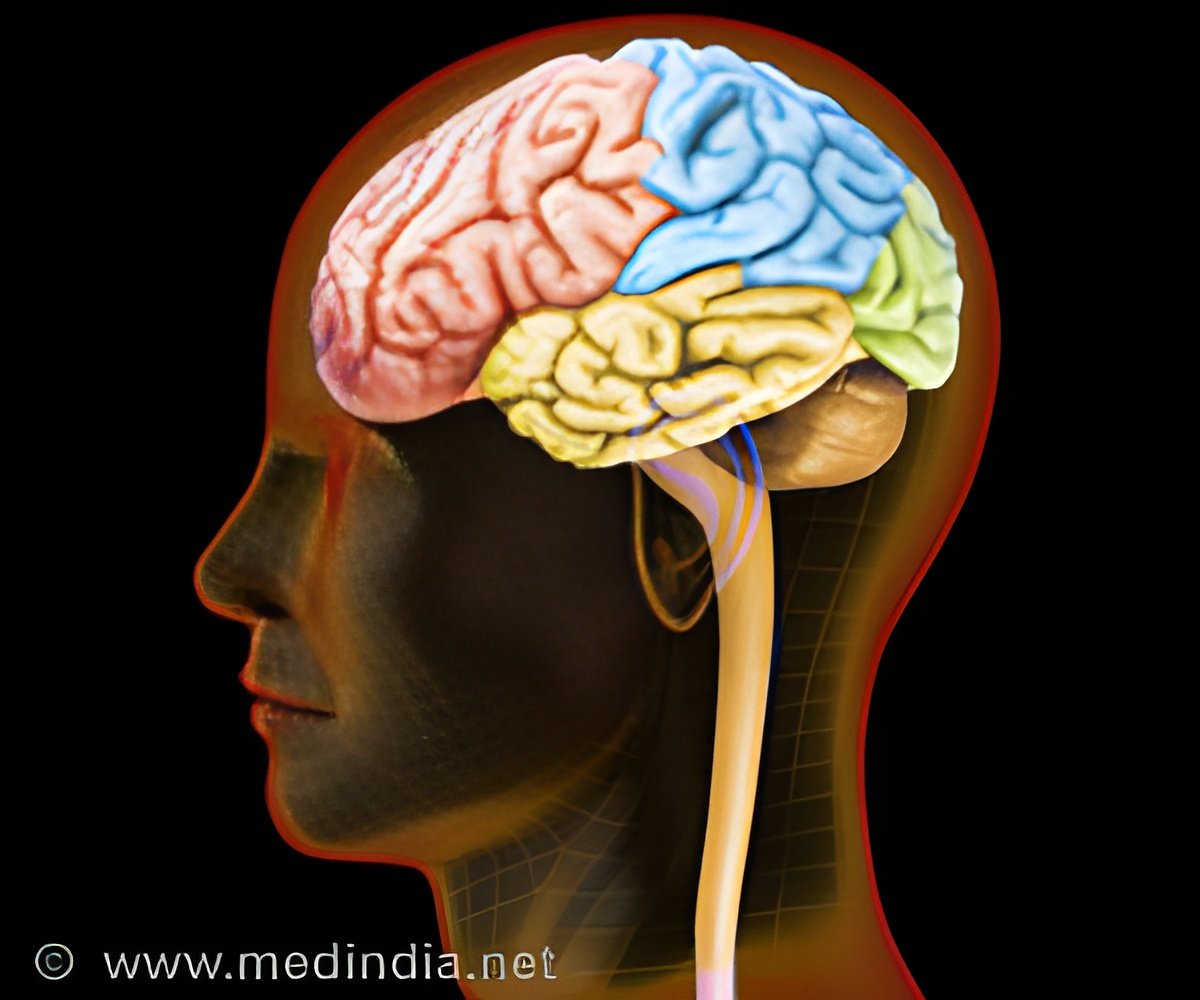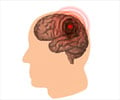
“This is the first statewide study that examines the incidence and long-term mortality from all types of stroke in New Jersey children from one month to 19 years of age,” said Sampada Gandhi, MBBS, MPH, instructor of medicine and primary author of the study. “The data report on an important trend for which little evidence exists, but which is imperative for physicians to understand to improve diagnosis and treatment in children with stroke.”
The researchers used the Myocardial Infarction Data Acquisition System (MIDAS) to examine the incidence of, and fatality from, ischemic stroke and hemorrhagic stroke (resulting from internal bleeding in the brain) in children from 1994 to 2007. MIDAS is a statewide database coordinated by CVI that tracks hospitalizations for myocardial infarction (heart attack), stroke, other vascular diseases, and deaths from 1986 to the present. The research also included a review of mortality rates at 30-days, one year and five years after initial stroke diagnosis.
The data show an initial decrease in the incidence of ischemic stroke in children from 1994 to 2001, but an increase in pediatric ischemic stroke thereafter. The study also shows that pediatric hemorrhagic stroke is twice as likely to be fatal when compared to ischemic stroke, but the incidence of hemorrhagic stroke remained stable throughout the 14-year study period.
“We believe that the initial decrease in ischemic stroke is the result of better stroke prevention in children at risk, particularly in children with sickle cell disease,” said James S. McKinney, MD, assistant professor of neurology at Robert Wood Johnson Medical School, and medical director of the Comprehensive Stroke Center at Robert Wood Johnson University Hospital, who contributed to the study. The subsequent increase in stroke in latter years is at least partially explained by “better awareness of stroke symptoms, improved diagnostic tools, including more accurate MRI testing, in children.”
According to the study, the data for New Jersey children are consistent with national trends and show that more than 17 percent of pediatric strokes were fatal within the first five years. The most prevalent reasons for pediatric ischemic stroke were the existence of hypertension, sickle cell disease and meningitis/encephalitis. Children who suffered from hemorrhagic stroke were more likely to have cardiac dysrhythmias and arteriovenous malformations (AVMs). The study also showed that approximately 75 percent of the children suffering from stroke died of non-cerebrovascular causes.
Advertisement
Source-Newswise













